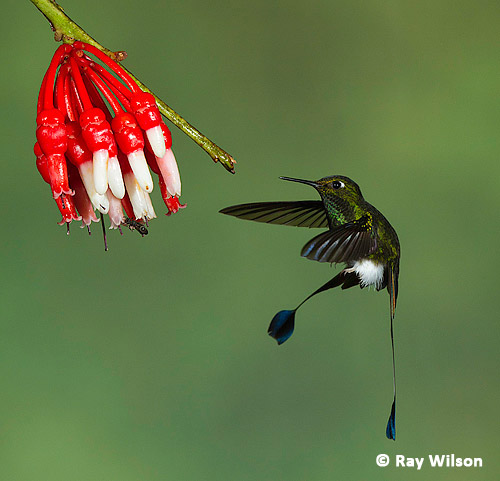The purchasing problem:
What camera or lens do you think you may need to buy?
Panasonic G5 or G6/G7 when it comes out next month
Which cameras and lenses do you regularly use?
None presently
How much money do you usually spend for a camera and/or lens?
Up to 1000 USD
Additional comments:
I need a lightweight camera with a viewfinder
What cameras and lenses do you already own?
None for a number of years
What type of photography do you pursue?
Family photography, Landscape photography, Wildlife photography, Macro photography
Why do you think you may need a new camera or lens?
To get back into taking photos
Who do you photograph for?
Yourself and/or your family, You show your work online
My answer:
Getting back into photography after a while of abstinence is a great decision and it makes perfect sense that you would like to buy a new camera for that reason. My not-buying expertise seems not required in this case. However, I would still like to share a few thoughts.
Your situation seems somewhat comparable to mine of a couple of years ago. At that time, I was very much attracted by the new and small universal (10x) zoom lenses for mirrorless cameras. I ended up buying a Panasonic Lumix GH1, just before it was discontinued, together with the 14-140 mm lens (35 mm equivalent of 28-280 mm). I really like this lens and camera combination and could take almost all my photographs with this camera and lens. It is small enough so that I do not mind carrying it around all day long, the zoom range is fantastic, and also the optical quality is good (good enough for most of what I am doing).
If I was you, I would be looking for a small camera with a comparable lens. Considering your requirements and specifications, in my opinion the best options are currently the following:
-Any Panasonic camera with a viewfinder (could also be a used GH1 or GH2) with the 14-140 mm lens. I think that this may be the best compromise between size, weight and quality. I would much rather buy an older and cheaper camera body in order to be able to buy the 10x lens (for example a GH2 because it may be found on sale with this lens at the moment).
-The newly announced Canon 100D/SL1 with a 18-135 mm or 18-200 mm lens (35 mm equivalent of 29-216 mm and 29-320 mm, respectively). I would be tempted by this option because I still have Canon lenses. In addition, this is a very mature system and a very safe bet in terms of quality and extendability.
-The Nikon 1 V2 with a 10-100 mm lens (35 mm equivalent of 27-270 mm). I have no personal experience with this system, but it is the smallest combo and there are people who like these cameras a lot.
-The Sony NEX-6 with the 18-200 mm lens (35 mm equivalent of 27-300 mm). The Sony NEX-6 is the camera that I currently like best (based on specs and the looks, I do not have it), but the combination with the 10x lens will be more expensive.
I have omitted the micro four thirds options from Olympus because you asked specifically for Panasonic and because the only Olympus with an integrated viewfinder is the OM-D E-M5, which would be more expensive when combined with a 14-150 mm lens. For practical purposes and for your intended use there is not much indifference between these solutions. If you have previous experience with one or the other system, you may be drawn towards that brand, but I think you should decide based on personal preference. In any case, the camera that you will buy will be the best one for you, because YOU are going to use THIS CAMERA to take photographs. "Objectively" there is no best or worst camera and all available cameras will fulfill their purpose - record photographs.




















